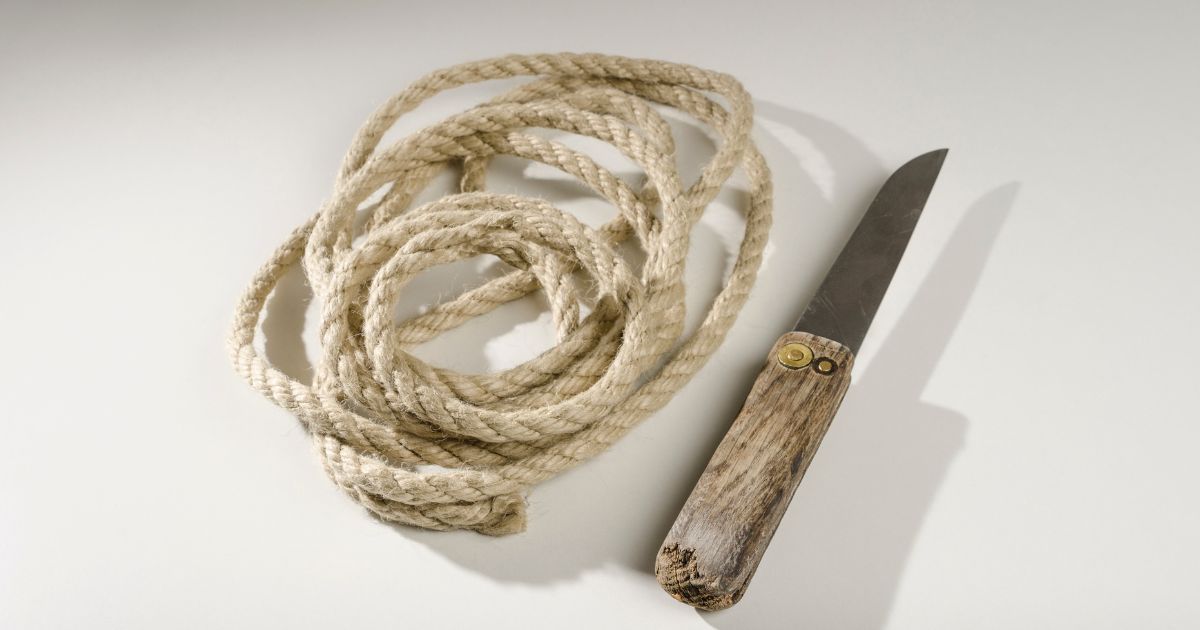What happened?
A crab fisher’s deckhand was repairing some nets when he noticed that his knife was not cutting as well as it should. He was nearly finished for the day, so he decided to keep going without stopping to sharpen it. While applying significant force to cut through an old line, the knife slipped and deeply punctured his leg. He required transport by the business owner to the local hospital, where he received a tetanus injection and six stitches.
What we learned
This injury could have been avoided by taking a proactive approach to safety. When we think we’re saving time by knowingly using tools or equipment that aren’t properly maintained, we put ourselves and others at risk of injury. Knives and cutting tools are a common cause of workplace injuries, often due to being inadequately sharpened or used inappropriately for the task at hand.
Tips and tools
Contrary to popular belief, dull knives pose a higher risk than sharp ones. Dull blades require more force to cut, increasing the likelihood of slips and accidents. Regularly sharpen your knives or invest in professional sharpening services to maintain a sharp cutting edge. Using the appropriate knife for each task is not only essential for efficiency but also for safety. Always only use the tool for the job it was designed for. For example, a knife should not be used as a pry bar, can opener, chisel, punch, scraper, or screwdriver.
For more information on practical safety ideas from AMSA, click here.
Resources:

